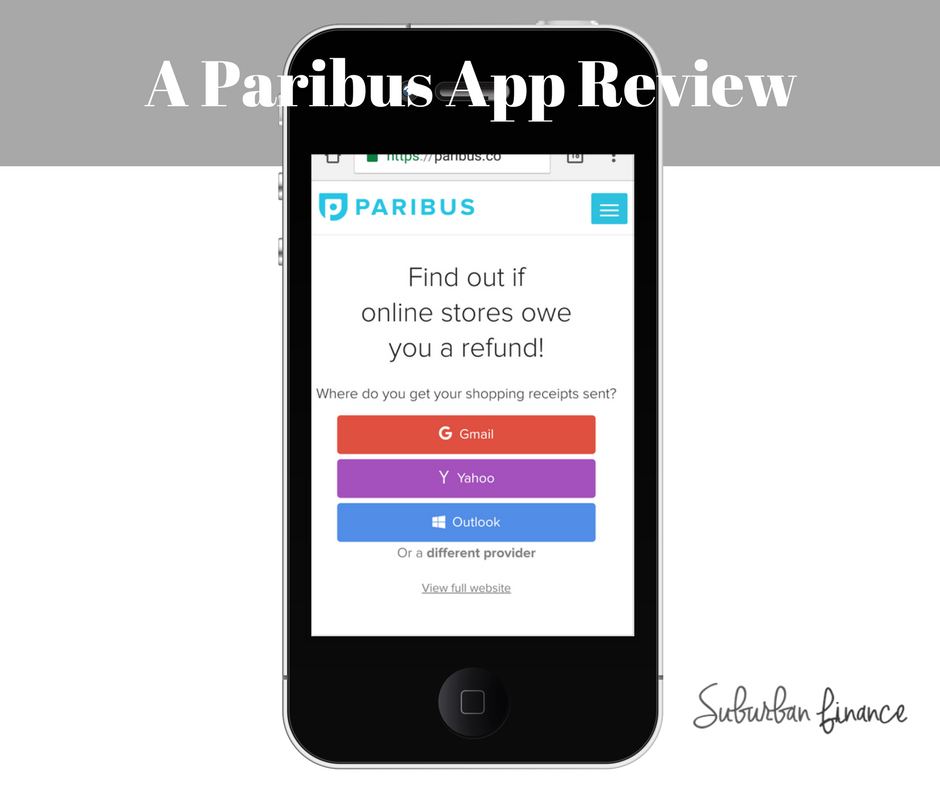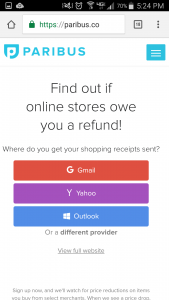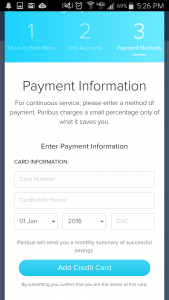The upkeep of a vehicle can really add up, between paying for car insurance, filling it with gas, and maintenance costs such as your yearly inspection. Part of these expenses includes an oil change, which traditionally has been recommended to change every 3,000 miles. But, is this really necessary? How many miles can you go over your oil change, and is there a way to save money on this?
The Evolution of an Oil Change
At one point in time, changing your oil every 3,000 miles (or three months, whichever came first) was valid to avoid issues with your engine. Over the years, though, this has gone from being a standard course of action to take for your vehicle to simply a myth due to how refined oil is now. In actuality, doing so means you’re likely throwing unnecessary money down the drain, regardless if it is only $30 here or there. It is steadily becoming more well-known among drivers that it’s OK to let your car go past the 3,000-mile mark before getting another oil change, more often than not.
However, many mechanics and chains continue to slap the sticker on your car reminding you of the traditional 3,000 mile or three-month oil change. Why is this? Some, like Tony Blezien of LeasePlan, may argue it is a marketing tactic as a way to make more money, using the past fear that not changing your oil that often will ruin your engine, as shared in this 2009 Boston.com article by Dave Copeland.
If we no longer have to worry about meeting that 3,000-mile deadline, then how long can we go without changing our oil?
So, how many miles can you go over your oil change?
There’s a debate as to whether or not our cars are actually assets or not, but nevertheless, they are still an important part of our lives. We want to ensure their longevity while also keeping more money in our pockets. But, one thing is certain across the board: modern-day cars can accumulate more miles before needing another oil change. The new average recommended mileage is roughly 7,500, according to Edmunds.com, a website dedicated to cars. Additionally, some vehicles can go as far as 10,000 miles before needing an oil change, Brad Tuttle reported in this 2009 Time article.
Despite this increase, one still needs to keep in mind that oil changes are not a one-size-fits-all task. Not only does make and model play a role, but your typical driving conditions as well, Edmunds’ Senior Consumer Advice Editor Ronald Montoya states. With all these varying factors, what is the best way to tell our car needs an oil change? If your vehicle does not have an alert light for oil change notifications, then follow your owner’s manual, Montoya advises. Yeah, you know that book that comes with the purchase of your car that usually sits in your dashboard pocket until an emergency happens…yeah, that.
Not all mechanics will steer you wrong or try to empty your wallet for their benefit. Just remember to do a little research on your car, know what kind of oil it needs, and check your oil every couple months just to be safe. And don’t forget to review that owner’s manual. It does exist for a reason.
What are your thoughts on the 3,000-mile oil change recommendation? Weigh in on the comments below.
Jenn Clark is a writer, PR specialist, entrepreneur, blogger and coffee enthusiast. A lover of laughter, traveling and cheese, she’s written about her life experiences here at suburbanfinance while at the same time growing other young professionals. You can find more of her work at Jennblogs.co.





